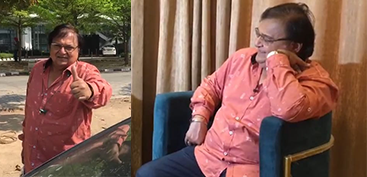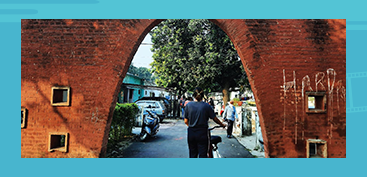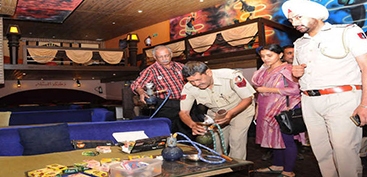He gifted us the world-class city of Chandigarh along with his cousin and the architect and planner of Chandigarh Le Corbusier. There can be no better way to remember Pierre Jeanneret, the first chief architect of Chandigarh, for his significant contribution. The house where he lived for 11 long years is a heritage museum now to perpetuate his memory.
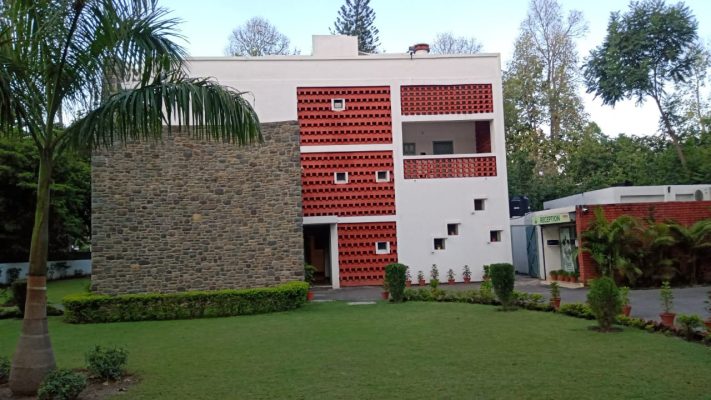
The imposing manor house where Pierre Jeanneret lived was dedicated to him by the then Governor of Punjab and Administrator, UT Chandigarh, VP Singh Badnore on March 22, 2017 on the occasion of Jeanneret’s 121st birth anniversary.
Where is Pierre Jeanerret’s house?
Nestled in Chandigarh’s Sector 5 amid rows upon rows of large mansions, barely at a stone’s throw from the Sukhna Lake, known as the shining jewel of the city, the lesser-known museum remains a subject of serious study for the modern school of art and architecture.
The ground floor of the museum has been divided into sections housing Pierre Jeanneret’s residential, education and the heritage furniture designs, rare pictures, personal images, and the correspondence exchanged between those who mattered in the scheme of things and him.
Provision of Staying at Jeanneret’s House
The first floor has three bedrooms which have been converted into guest rooms. An eye-shaped window offers an uninterrupted view of the well-manicured emerald green lawns lending luminosity to the vast expanse. The rooms have three rental slabs viz Rs 2,500 per head (general category), Rs 1,500 (for researchers and architects), and Rs 1,000 (for government officials), informs Prabhjot Singh, the caretaker.
Online booking facility for the same is available.
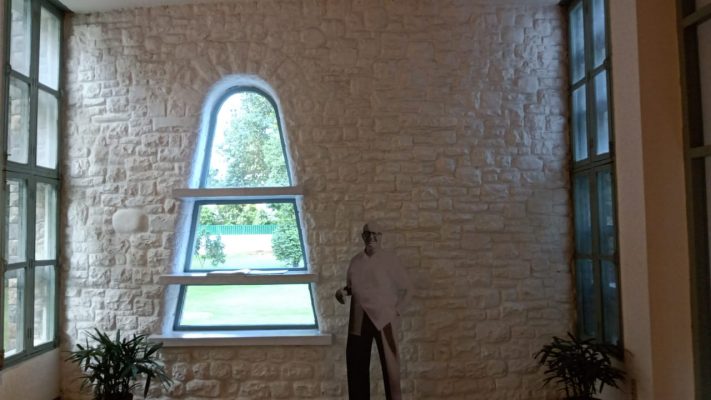
The museum offers a candid picture of the concept of sustainable and green living practices that Pierre Jeanneret was conscious of while designing the housing plans to make Chandigarh a unique and world-class city.
The entrance foyer introduces a curious visitor to the master architect’s imprints of creativity left behind on the sand of time. His study room with blue walls showcases drawings, pictures and description of the buildings that Jeanneret designed.
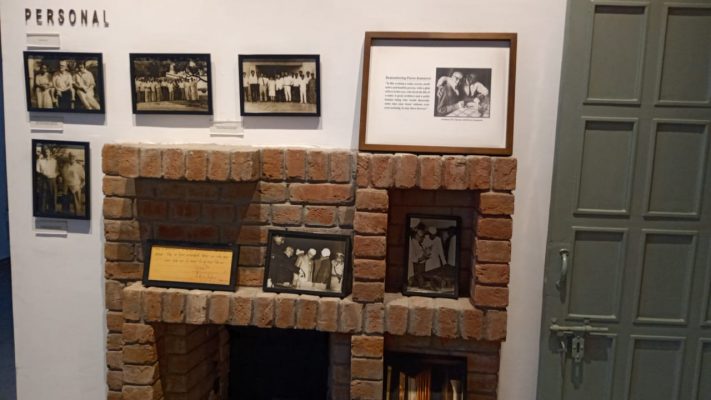
The buildings of primary schools, girls and boys hostels and other educational institutes are prominently displayed here. The brick fireplace offers a view of his personal pictures and notes kept so meticulously. The modest dining room showcases the Panjab University, Gandhi Bhawan, and Le Corbusier Centre, while a niche in the room has the furniture designed by him.
Jeanneret’s Carpentry Workshop
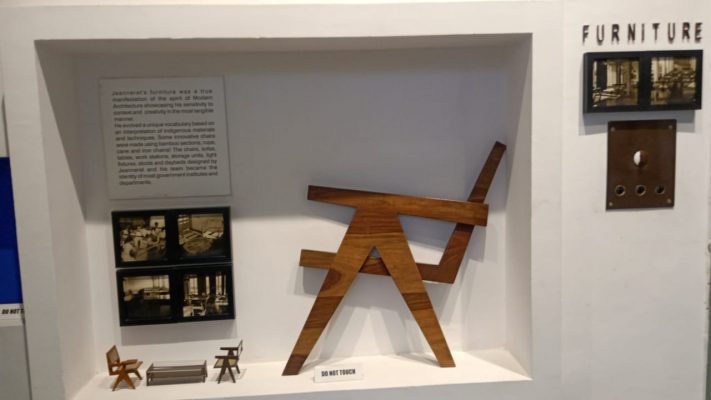
Replicas of heritage chairs and tables designed by Pierre Jeanneret make an interesting display. His contemporaries recall how he would spend his leisure time at his carpentry workshop in the garage area. Pierre designed furniture for his home from simple local materials like bamboo, canvas, and rope, creating his own distinctive style of joineries and leg tradition.
This room offers a glimpse of various housing projects envisioned and undertaken by the master architect. As you leisurely walk into the adjacent room you gaze gets strayed and riveted on the MLA Hostels and other iconic buildings and residential houses in the vicinity that he created for posterity.
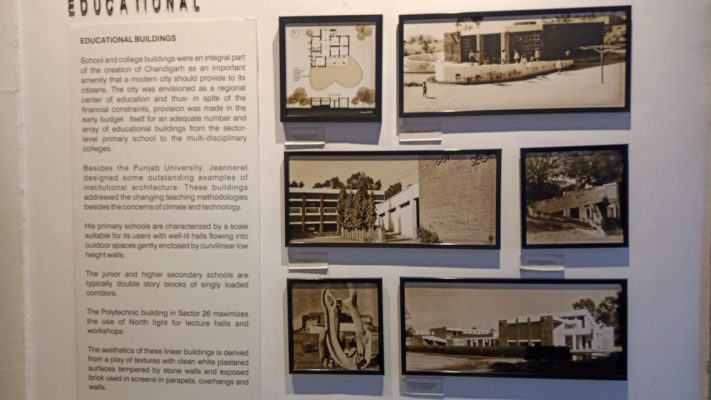
While conceptualising the City, Pierre Jeanneret designed housing for all categories of people adhering to a standard plan to give it a touch of class and aesthetics. The schools and other buildings that he designed, from the level of nursery schools to the historic Panjab University Campus, Gandhi Bhawan, State Library, colleges, Chief Minister’s House, besides administration and other buildings, hostels for boys and girls, the Capitol Project, Legislative Assembly, the Secretariat, and the High Court, among other landmarks are marvels of architectures.
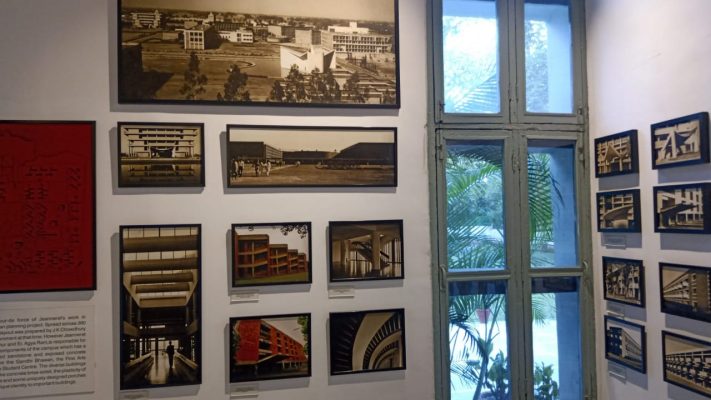
Museum Timings
Museum timings are from 10 am to 6 pm, all days, except Monday and gazetted holidays. Entry fee is Rs 10 per head and Rs 30 are charged for clicking pictures of the museum.
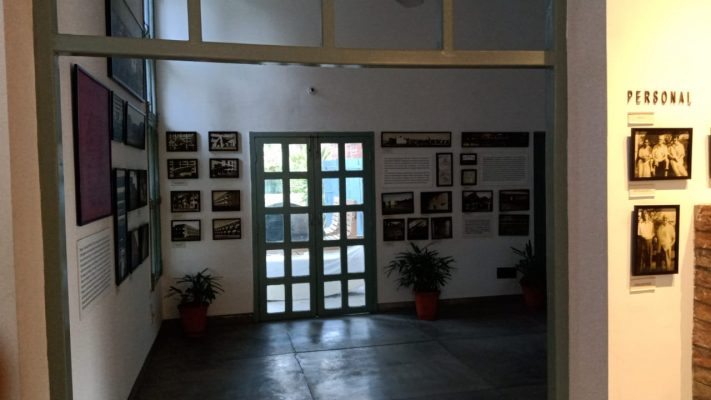
“This heritage museum dedicated to Pierre Jeanneret offers a peep into the making of Chandigarh, the City of Dreams, and reliving the life and times of the icon of architecture and the rich legacy of architecture that he left behind as a keepsake for generations. A visit to the museum is like a pilgrimage of a kind for people like us,” Shabnam, a doctor at AIIMS, Delhi, told CityWoofer during her recent visit to the Chandigarh’s architectural marvel.
(The writer, Ramesh K Dhiman, is a former staffer of The Tribune and freelancer. He has written extensively for leading newspapers and magazines on art, culture, mythology, besides travelogues.)







